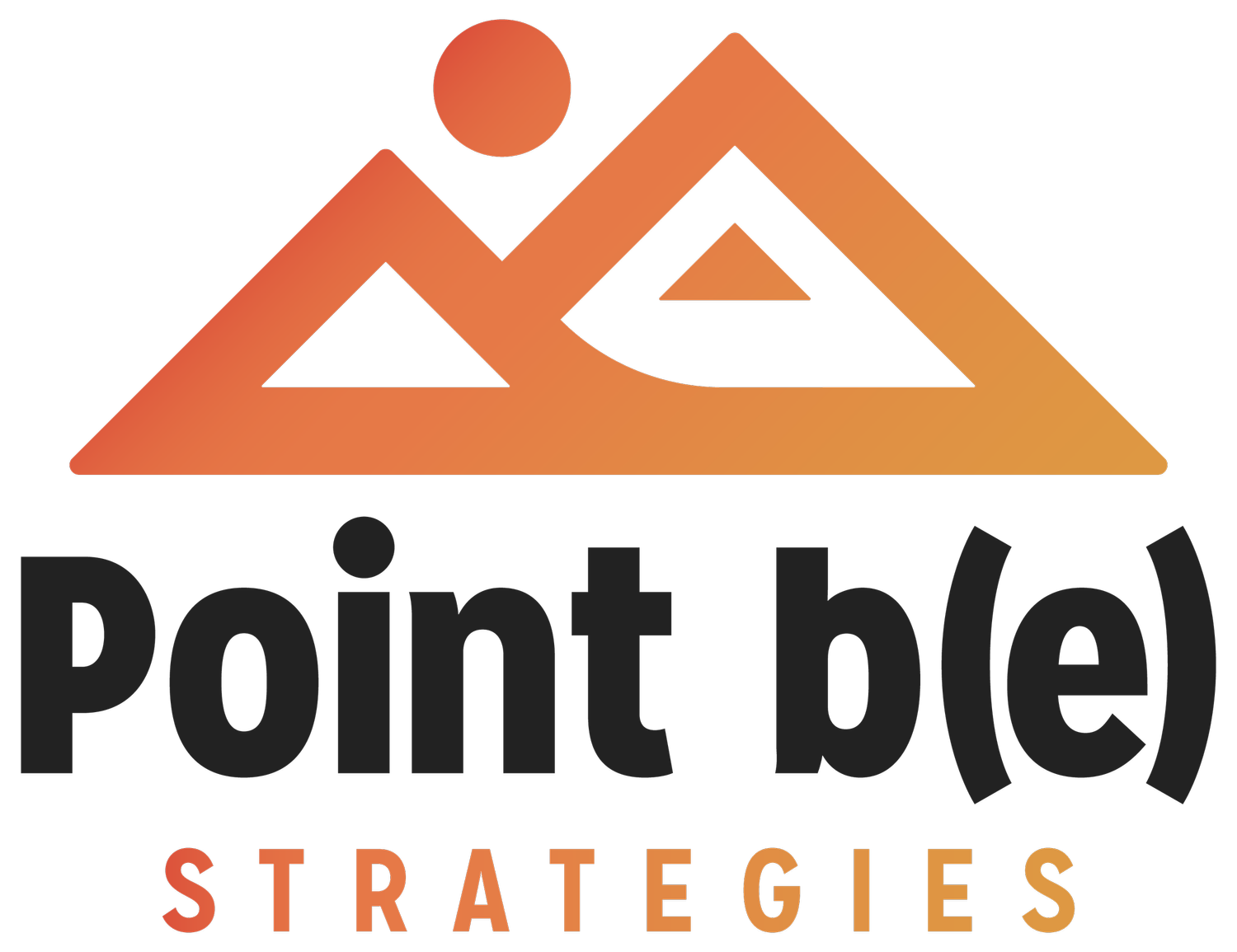Are your activities in alignment with your outcomes?
By Nancy ZuercherOutcomes
As a member of the evaluation team at Point b(e) Strategies, I spend a lot of time thinking about outcomes. Merriam-Webster defines an outcome as “something that follows as a result or consequence.” With my clients, I define an outcome as “the change that will occur as a result of the work.” This often looks like changes in access, knowledge, skills, attitudes and behaviors for program participants. When I work with my clients to identify or refine outcomes for a particular program, we always reflect on the program’s activities. The activities are the specific actions and conditions that make up the program—they are what the organization is doing. As a result, activities are a key component to achieving the outcomes.
In today’s “post-Covid” world, I’m encouraging my clients to check in on their outcomes and activities. Are they still in alignment? Do the current activities still lead to the stated outcomes? Are there new outcomes that might not be completely reflected in the activities? I have seen a number of organizations adjust their programming in recent years to meet the ever-changing needs of communities and participants. For example, organizations are adding more services (i.e., activities) that help meet the current needs of the community or the participants—such as mental health supports, social emotional learning opportunities, or even support for basic food and transportation needs. As a result, I encourage clients to revisit their outcomes and make sure they are capturing the full extent of their work.
On the flip side, I see organizations that identify new outcomes for their programs, such as increased sense of belonging for participants, increased equitable access to services, or an increased understanding of social justice issues. In these situations, I ask my clients to reflect on whether they have activities to support these new outcomes. Are they embedding new topics into their curriculum? Are they addressing barriers that prevent equitable access? Are they serving new populations?
The exciting thing about outcomes and activities is that they aren’t static.
Needs change. People change. Programs change.
I love seeing organizations respond and react to the changing needs of their constituents. And I love helping my clients make sure their activities and outcomes are in alignment in order to accurately communicate the full extent of their work.
